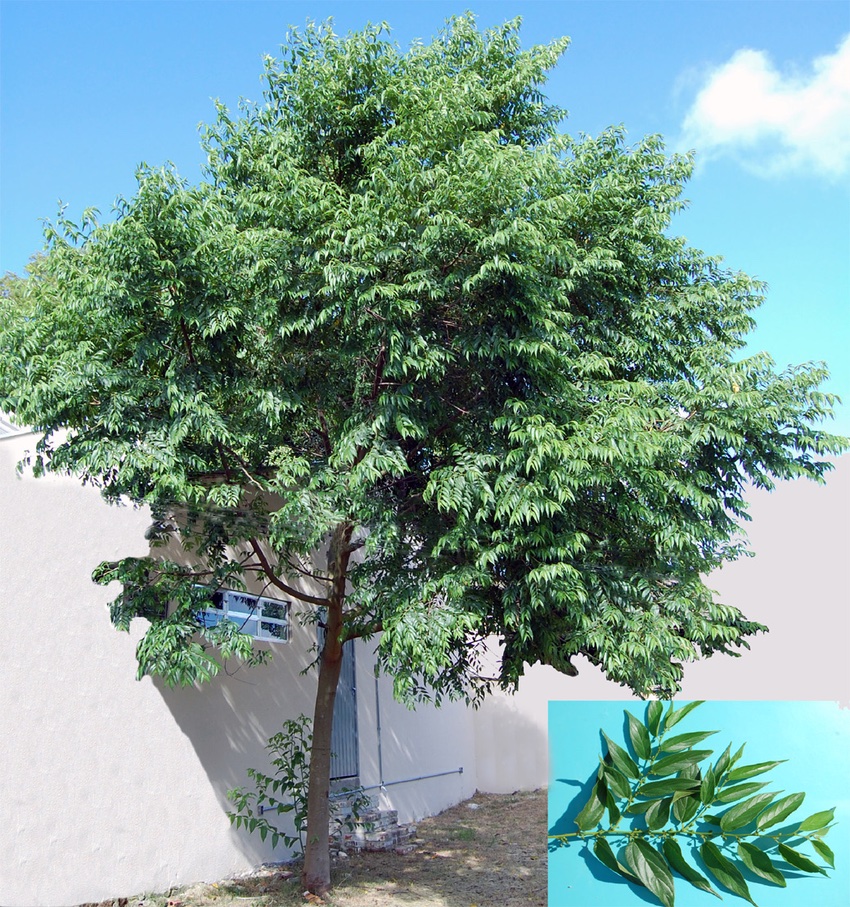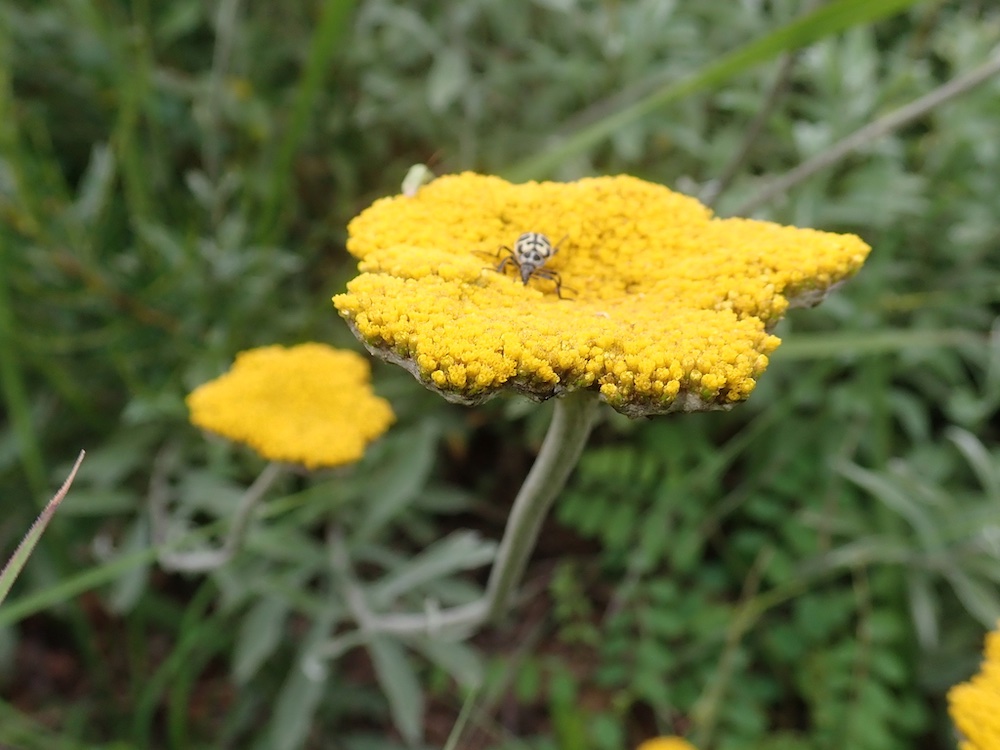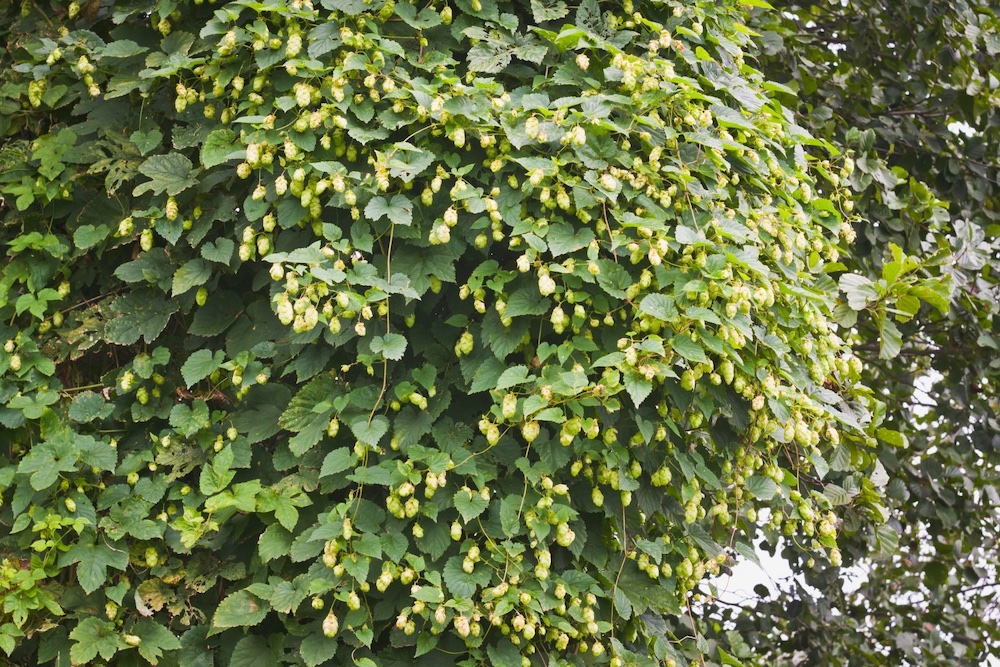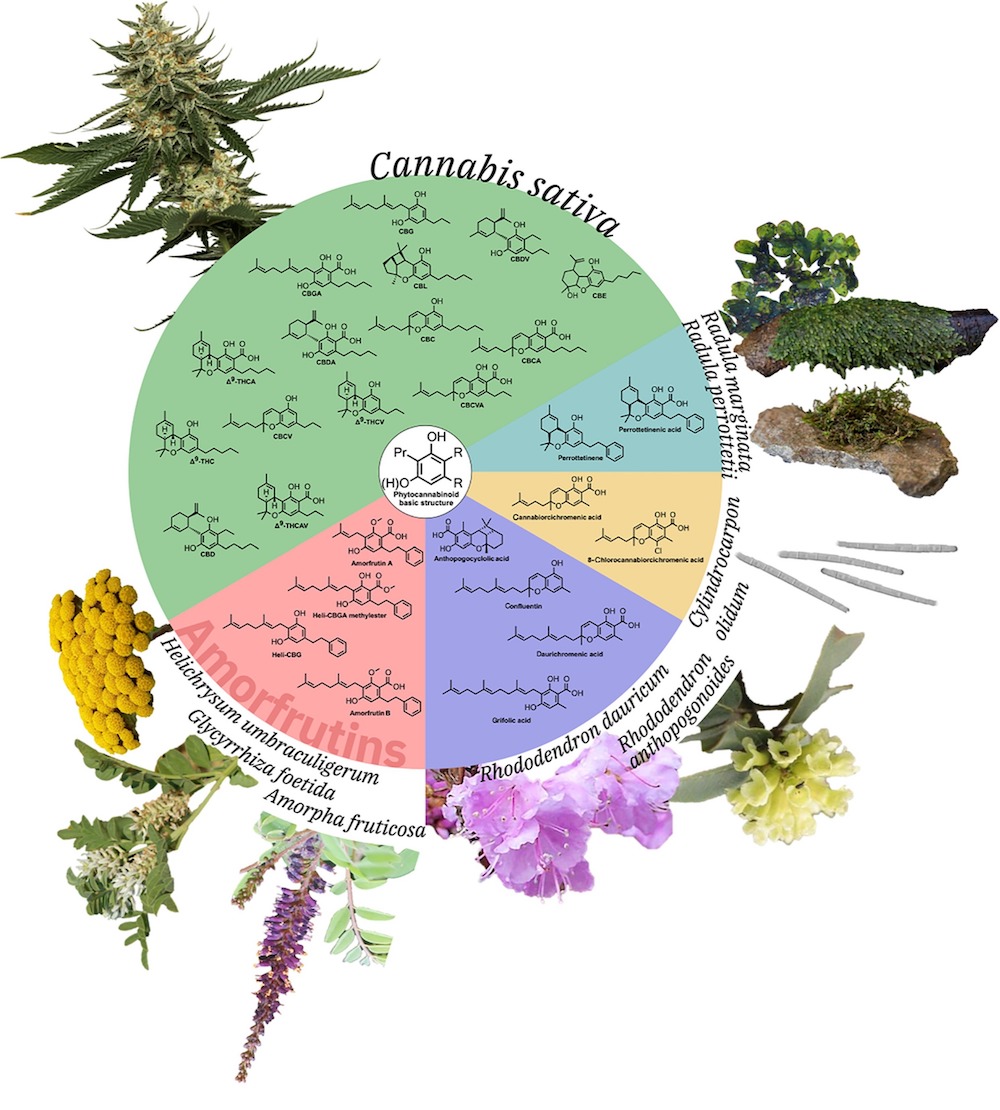- The discovery of CBD in the Brazilian plant Trema micrantha has received the attention of the scientific community, bringing new possibilities for the medical cannabis industry.
- This is a common and abundant plant species found in Brazil which offers a legal and readily available source of CBD without all the judicial complexities associated with cannabis.
- It is not the first time that scientists have tried to identify an alternative botanical source of cannabidiol that doesn’t involve marijuana. But is this really feasible nowadays

Last June, researchers from the Federal University of Rio de Janeiro (UFRJ) made a significant discovery: they found cannabidiol (CBD) in a common Brazilian plant. This unique and interesting find could help increase the availability of medical cannabis in Brazil, where CBD production and use is limited by high costs and extremely strict regulation.
This popular cannabinoid was detected in the flowers and fruits of Trema micrantha blume, a small tree that can be found all over the country and is known in Portuguese as candiúba, crindiúva, or pau-pólvora. Most importantly, this plant doesn't contain any tetrahydrocannabinol (THC), so it raises the possibility of a new source of CBD that could avoid the regulatory obstacles that cannabis faces, offering great potential for cannabidiol production without the legal complexities associated with marijuana.
Characteristics of Trema micrantha
Trema micrantha is a plant species that belongs to the Cannabaceae family. This family comprises 11 genera and around 170 species, including cannabis, hops and other herbs, bushes, and trees. It is a fast-growing deciduous tree that can reach up to 10 metres in height. It is native to Brazil but is also found in several tropical and subtropical regions around the world.
Renowned for its resilience and high adaptability to different soil conditions, it is typically found in urban landscapes due to its pleasant appearance and its ability to improve air quality by absorbing pollutants. Within its natural environments, its fruits serve as a food source for numerous bird species, which in turn promotes seed dispersal and improves biodiversity.

In addition to its ecological importance, Trema micrantha has a history in traditional medicine. The bark and leaves of this plant have long been used for the treatment of a variety of ailments, ranging from wounds and skin infections to digestive problems. But the recent revelation that it produces CBD has drawn a great deal of attention to this natural plant.
The team of Brazilian researchers has not yet published its findings, as the investigators intend to expand their research to discover the most effective techniques to extract CBD from the plant. In addition, their objective is to evaluate the effectiveness of this CBD in the treatment of patients with conditions that are currently being treated with medical cannabis. They expect the study to take at least five years before it is completed.
CBD from plants other than cannabis: What's the reality?
The legal issues surrounding CBD and cannabis have generally led scientists to try to identify an alternative botanical source of this cannabinoid that doesn't involve marijuana. But a new study published last May in Natural Product Communications, critically analysed claims that this has been achieved.
Cannabis sativa is the best studied and the most common and productive source of phytocannabinoids, but it's not the only organism capable of synthesising this group of bioactive natural products. The woolly umbrella (Helichrysum umbraculigerum) is one of the botanical species that caught the eye of scientists back in 1979 after becoming the first plant other than cannabis to contain up to 17 phytocannabinoids.
This South African plant has traditionally been used in rituals and as a medicinal herb. However, one of the latest research studies, conducted with samples from the Walter Sisulu National Botanical Garden in Johannesburg, found that the plant only contains phytocannabinoids of the phenethyl type (i.e. with a chemical structure that includes a phenethyl group).
In any case, this is the first, and so far the only plant other than cannabis, in which the isolation (and not simply the detection) of cannabis phytocannabinoids has been unequivocally reported. In fact, in an article that came to light in May 2023, it was presented as a novel alternative to cannabis to obtain one of its primary cannabinoids: CBG or cannabigerol, which acts as a precursor to the rest of the most important cannabinoids.

In 2012, CBD was also detected in flax (Linum usitatissimun), a plant whose historical use dates back to 9000 – 8000 B.C. While flaxseed proved to be the largest source of CBD, levels remain extremely low in comparison to those of the cannabis plant. Given that only traces of CBD were detected, there's also the possibility that horizontal soil-mediated transfer of the natural product occurred. Due to the antibacterial and anti-inflammatory activity of cannabinoids, their presence in flax fibre is relevant for use in wound dressings; but clearly, additional scientific evidence is still needed.
CBD, THC, and CBN have also been found in the Indian charcoal tree (Trema orientale blume – does 'Trema' ring a bell?). This plant is native to Africa, Asia, and Australia, and is traditionally used in the treatment of diabetes, respiratory diseases, urinary problems, and malaria. However, of the three samples collected from different locations in Thailand, not all of them contained CBD; and the content that was found was actually very low.
Even in the scientific literature, a patent claims the isolation of CBD from the floral leaves of stevia (Stevia rebaudiana Bertoni), an ancient South American shrub mainly used as a sweetener. This is something that also suggests the need for further research.
A case of scientific fraud
The idea that CBD could be extracted from a plant that doesn't contain traces of THC and, as such, could become a kind of non-stigmatised source of CBD, was so attractive to some entrepreneurs that it led them to cross the fine line that divides good from bad.
In 2018, it was claimed that CBD was found in high doses, and without traces of THC, in a hop hybrid called Humulus Kriya. This research was published in the first issue of a journal created ad hoc: the Journal of Medicinal Phyto Research. This plant was claimed to be the first legal source of non-narcotic phytocannabinoids. And the development of Humulus Kriya was even protected by a patent.

Finally, a careful analysis of the scientific work which claimed that Humulus Kriya contained high amounts of CBD, showed that it had plagiarised almost word-for-word previously published literature on CBD; and the researcher who claimed to have discovered Humulus Kriya turned out to be a convicted con artist who was already well known to the police.
Phytocannabinoids from plants other than cannabis
There are other plants in nature that produce phytocannabinoids, but these are different from CBD. Examples include many rhododendron species of the Ericaceae family, such as Rhododendron dauricum (native to Northeast Asia), Rhododendron adamsii (found in Eastern Siberia and Mongolia), Rhododendron rubiginosum (native to Southwest China), and Rhododendron anthopogonoides (grown in Southern China). All of these species generate active monoterpenoids that have a cannabinoid backbone. Rhododendron phytocannabinoids usually belong to the CBC type, which is decorated with a methyl side chain.
There are also some non-vascular terrestrial plants, such as the hepatica species Radula marginata, Radula perrottetii, and Radula laxirameae (native to New Zealand), that produce active cannabinoids with main chains of bibenzyl. The edible roots of liquorice (Glycyrrhiza foetida) and the false indigo bush (Amorpha fruticosa) also contain 'amorfrutins', which are bioactive compounds with a cannabinoid structure that are PPAR receptor agonists. They are cannabimimetics, i.e. chemicals that act much like cannabinoids and bind to the receptors of the endocannabinoid system.

Conclusion
It would be wonderful to find a plant that produces CBD without THC, as this would avoid all the mess that surrounds psychoactive substances. But looking for the best way to extract it and finding out if it could be an effective substitute for medical marijuana may not be that simple. And besides, it still remains to be seen whether CBD production from these plants could be the same as that obtained from CBD-rich cannabis strains, not so much in terms of the plant's CBD ratio, but rather in terms of total CBD production per year and per hectare of cultivated land. This is certainly the next step to determine the viability of these candidates. But until that happens, the vast majority of CBD will continue to come from our beloved cannabis plants.



Comments from our readers
There are no comments yet. Would you like to be the first?
Leave a comment!Did you like this post?
Your opinion about our seeds is very important to us and can help other users a lot (your email address won't be made public).